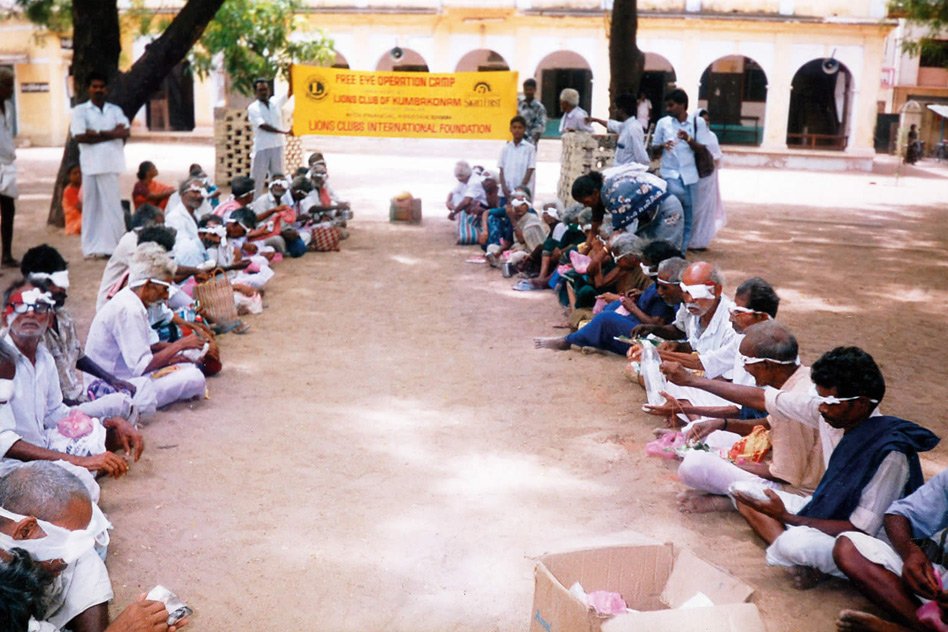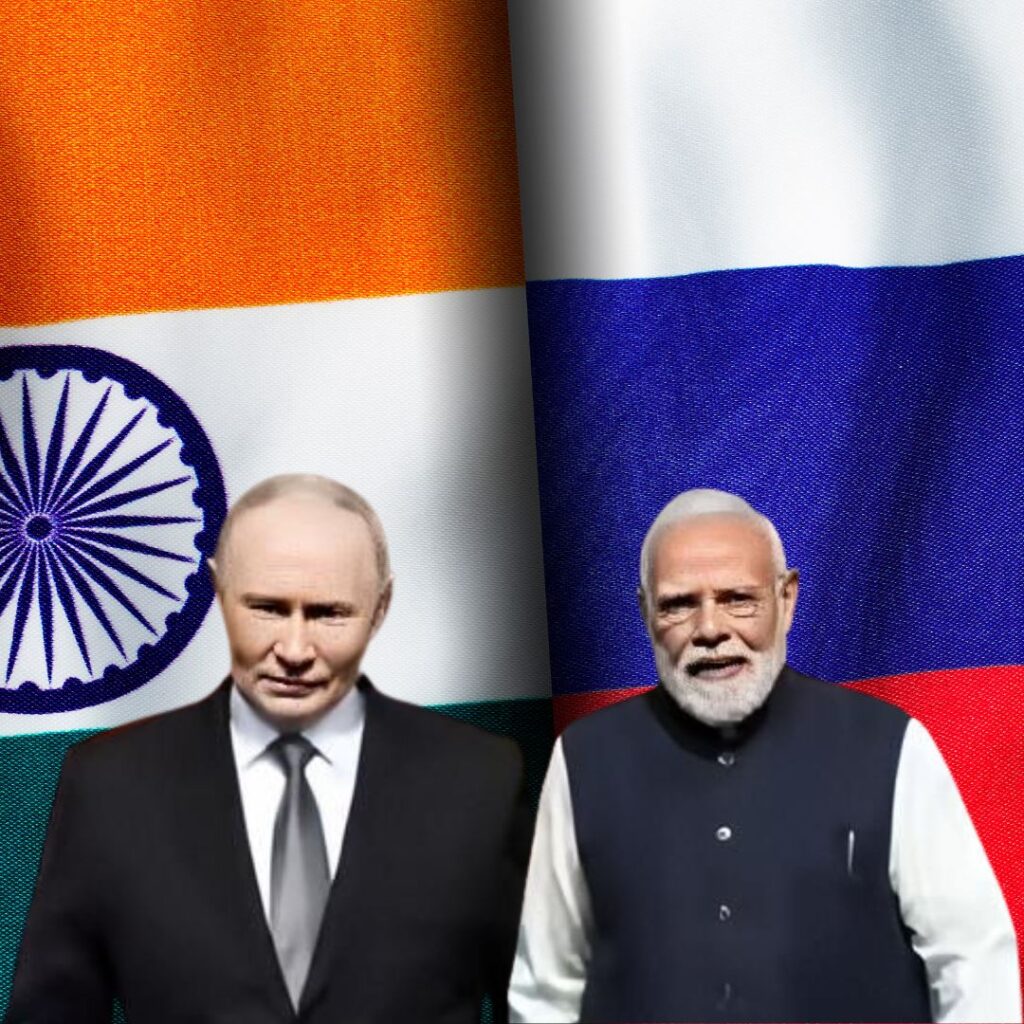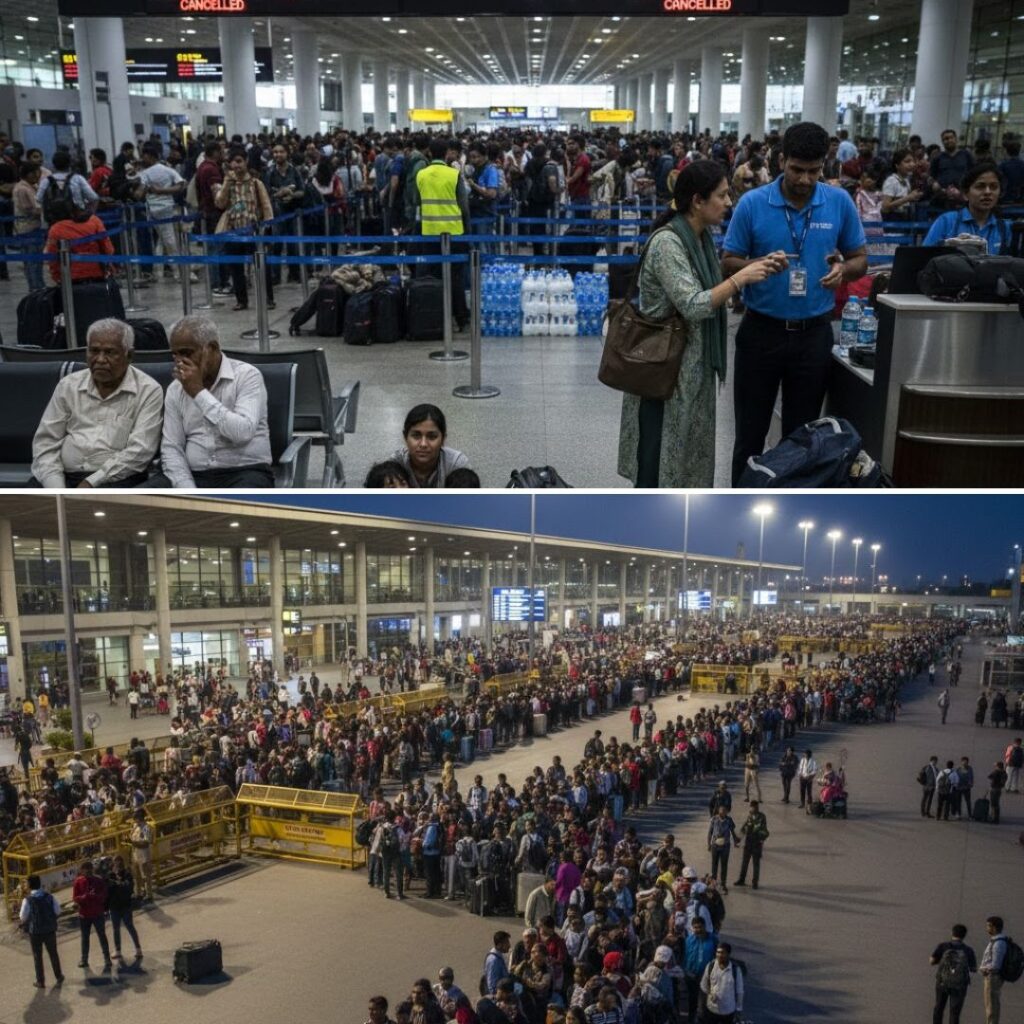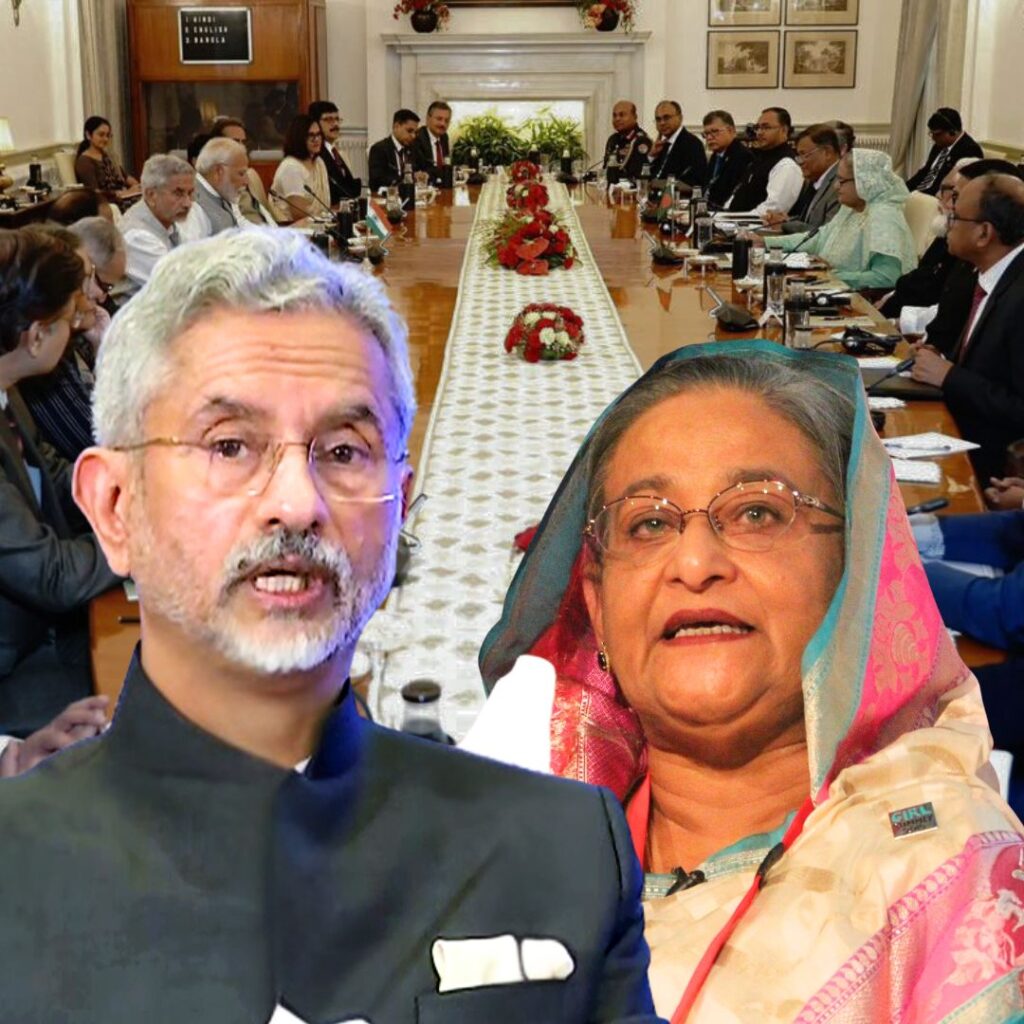oWritten By Rohit Parakh | Image Source: cehjournal
After his retirement from Government Medical College, the Late Dr Govindappa Venkataswamy (popularly known as Dr V) founded Aravind Eye Care, a non-profit organization in 1976 from a humble 11-bed hospital with the little savings that he had from his government job which he had to mortgage to get a bank loan. The model Dr V, a Padma Shri awardee led Aravind Eye Care (based primarily out of Tamil Nadu and Pondicherry) on was on truly revolutionary, with 6 beds reserved for patients who could not pay and 5 for those who would be able to pay for the costs. The treatment was (and continues to be) run in such a way that those who paid would cross-subsidize for those who couldn’t. Dr V, who himself suffered from rheumatoid arthritis which severely crippled his fingers and fingers out of shape leaving him in intense pain for the rest of his life and never married performed over 100,000 surgeries over the course of his life.
Guided by the teachings of Sri Aurobindo, a Indian freedom fighter turned philosopher Dr V realized that the government by itself could not meet the health needs of its population. In turn Dr V started an institution which was (and still is) guided on 3 unwritten principles –
– Never to turn any patient away
– Not to compromise on quality
– To be self-reliant
In these rules lay the genesis of the institution that became Aravind Eye Care. Dr V, starting the institution with his siblings and their spouses built a private institution model not reliant on charity but still providing high-quality eye care treatment to all the people regardless of whether they could afford the treatment or not. Of the roughly 39 million blind people in the world, India accounts for 20 person of those blind (around 7.8 million). Around 80% of these people have blindness that is treatable or preventable. Aravind Eye Care itself performs more than 300,000 eye surgeries every year having performed a cumulative total of nearly 5 million eye surgeries. The TED Talk on Aravind Eye Care’s model and a book on it (called Infinity Vision) explain its model and work beautifully.
Dr V’s spiritual satisfaction through Aravind was evident when he mentioned the below in the video below – “I used to sit with the ordinary village man because I am from a village, and suddenly you turn around and seem to be in contact with his inner being, you seem to be one with him. Here is a soul which has got all the simplicity of confidence. Doctor, whatever you say, I accept it. An implicit faith in you and then you respond to it. Here is an old lady who has got so much faith in me, I must do my best for her. When we grow in spiritual consciousness, we identify ourselves with all that is in the world, so there is no exploitation. It is ourselves we are helping. It is ourselves we are healing.”
Dr V curiously related a lot to McDonald’s franchise model as well where he was keen to imbibe McDonald’s model of providing large-scale eye-treatment at low costs and building a model that could be replicated throughout the world. In early 1990’s, Dr APJ Abdul Kalam walked in to Aravind only to find out that he could not pay by cheques. Having no cash on him at that time, he inquired into whether it would be possible to receive treatments in its free section. And the answer was a Yes resulting in Dr Kalam being delighted with the quality of care provided to patients in Aravind’s free section and becoming a lifelong friend of the institution.
In its early years, Aravind’s doctors would go to villages, screen patients and ask those needing surgery to come to hospital for free treatment. There were some who showed up but most didn’t. On further digging and speaking to a blind beggar who didn’t turn up for his “free surgery” the man replied that your free surgery would cost me Rs 100 through bus fare, food and medicines. Post this learning, Aravind started providing free transport, accommodation, food to the needy free of cost.
Data-Driven Model and High Quality
Aravind also works heavily on a data-driven model. On one-instance they identified that a majority of post-operation repeat visit patients were because of suture-related models. On analysing the data, they found that applying less than 5 sutures resulted in problems. Although the senior surgeons suggested initially that suturing quality was a matter of skill and experience, following month data corroborated that all the cases on complications were arising in 3 suture cases. This led to the hospital adopting 5 sutures minimum requirement throughout the organization. This has led to a constant decrease in the complication and infection rate at Aravind which in 2009 had an infection rate of .03%. In 2004, a study was done comparing Aravind’s infection rate to NHS (National Health Service) from UK which is often considered a benchmark for healthcare model in the world. This showed an infection rate of 0.04% in Aravind compared to 0.06% in NHS.
Low Costs and High Efficiency
In a previous article, we touched about shortage of doctors in India. Aravind has demonstrated an alternate way forward by working at an extremely high efficiency to get the most out of its doctors. Aravind’s doctors perform on average 2000 cataract surgeries per year (some doctors perform 100 surgeries per day) compared to Indian average of 350-400 and the US average of 200-300 per year. In a 2010 presentation, where Aravind Eye Care’s costs were compared with NHS, it was seen that they perform nearly 60% of all of NHS’s ophthalmic surgical volume while spending less than 1% of NHS’s 1.6 billion pounds spent annually by NHS. To ensure its surgeons focus only on the needed tasks, Aravind trains its nurses to such a level that they can handle 70% of the activities taking place in the theater. Each theater will have on average 4 operating tables lined up parallel to each other and each surgeon will have two tables. Whilst a surgeon finishes one surgery, the other patient would be ready to be operated on upon. Aravind has built an assembly-line process that has reduced lag time to 1-3 minutes compared to average of 15 minutes in hospitals across India.
Replication
In 1992, Aravind eye care started Lions Aravind Institute of Community Ophthalmology (LAICO) – the word meaning secular in Spanish language. The aim of LAICO is to work with and train other doctors, hospitals, eye-care programs, governments around the world. As of 2011 its work in 27 countries had added another one-million approximate additional vision-restoring surgeries to world’s total each year. There are studies happening across the world including in USA, to see if the Aravind Model can be replicated in their countries as well. As a result of its work, Aravind along with other organizations are playing a critical role and where we will be able to live in a planet where no-one will be needlessly blind.
The Logical Indian Community salutes Aravind Eye Care for its work and wonders if Aravind’s model can be replicated in other spheres of life as well?











